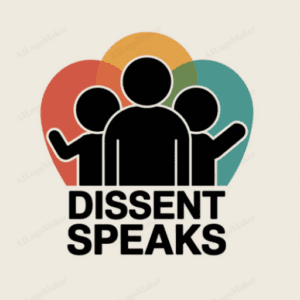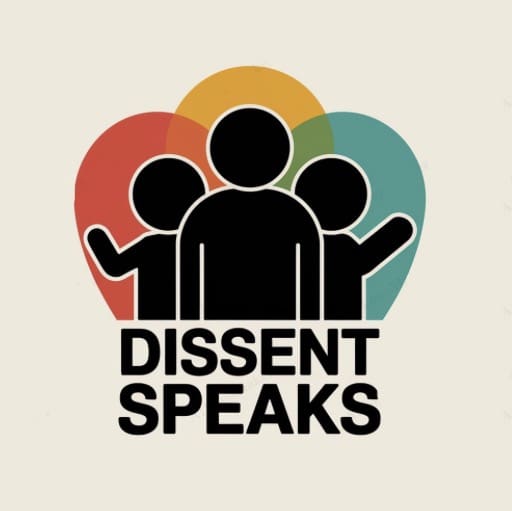On January 29, 2025, an executive order titled “Ending Radical Indoctrination in K-12 Schooling” was issued, introducing sweeping changes to America’s educational landscape. This analysis examines the order’s concerning implications and provides actionable steps for stakeholders.
The Language of Control: Understanding the Order’s Rhetoric
The executive order employs deliberately inflammatory language that should raise immediate concerns. Terms like “radical indoctrination,” “anti-American ideologies,” and “subversive” create a false narrative that American schools are centers of dangerous ideology rather than education. This rhetoric serves to justify federal intervention in local education decisions.
Key problematic elements in the order’s language include:
- The characterization of schools as “echo chambers” forcing ideological compliance
- The framing of diversity and inclusion efforts as “discrimination”
- The portrayal of gender identity discussions as “confusion” and “mutilation”
- The redefinition of established educational practices as “anti-American”
This loaded language is not merely rhetorical – it serves as the foundation for concrete policy actions that could fundamentally reshape American education.
Direct Threats to Educational Freedom
The order presents several immediate dangers to educational autonomy and student well-being:
Funding Restrictions
The order directs multiple federal agencies to identify and eliminate funding for programs that address:
- Gender identity and expression
- Racial equity and justice
- Critical examinations of American history
- Diversity and inclusion initiatives
This represents an unprecedented federal intervention into local curriculum decisions and could devastate programs designed to support marginalized students.
Surveillance and Enforcement
The order establishes mechanisms for:
- Monitoring classroom content
- Investigating teachers and administrators
- Reporting “violations” to state attorneys general
- Withholding federal funds from non-compliant schools
This creates a chilling effect on educational discourse and could lead to self-censorship among educators.
Impact on Vulnerable Students
The order particularly threatens:
- LGBTQ+ students by restricting support services and safe spaces
- Students of color by limiting discussions of racism and equity
- Students with disabilities by potentially affecting inclusion programs
- Any student whose identity or experience differs from the prescribed narrative
The 1776 Commission: Rewriting History
The reestablishment of the 1776 Commission represents a concerning attempt to impose a single, sanitized version of American history. The commission’s mandate to create:
- A “Presidential 1776 Award” for approved historical knowledge
- Nationwide lectures on American independence
- “Patriotic education” guidelines
This approach contradicts fundamental principles of historical inquiry and critical thinking.
Legal and Constitutional Concerns
The order raises serious legal questions regarding:
- First Amendment protections for academic freedom
- Equal Protection under the 14th Amendment
- Title IX compliance
- State educational autonomy
- Parental rights
Actionable Steps for Different Stakeholders
For Parents
- Join or form local education advocacy groups
- Attend school board meetings
- Document and report discriminatory impacts
- Connect with civil rights organizations
- Support affected teachers and students
For Educators
- Document all curriculum changes and their impacts
- Join professional organizations for legal support
- Create documentation of educational best practices
- Build support networks within your school community
- Know your rights and legal protections
For Students
- Document any changes in educational programs
- Form or join student advocacy groups
- Maintain communication with trusted teachers and counselors
- Know your rights as a student
- Connect with national student rights organizations
For Community Members
- Contact your representatives
- Support local education initiatives
- Attend public meetings on education
- Monitor local implementation
- Support affected schools and programs
Immediate Action Steps
- Document Current Programs
- Create detailed records of existing educational programs
- Gather evidence of their positive impacts
- Document student needs and how programs address them
- Build Networks
- Connect with civil rights organizations
- Form coalitions with other schools and districts
- Establish communication channels with legal resources
- Prepare Legal Responses
- Identify potential legal challenges
- Gather evidence of discriminatory impacts
- Document constitutional violations
- Create Alternative Support Systems
- Develop community-based educational resources
- Establish private funding sources for threatened programs
- Create networks for sharing educational resources
- Monitor Implementation
- Track local policy changes
- Document impacts on students and programs
- Maintain records of funding changes
Long-term Strategies
- Educational Advocacy
- Develop sustainable advocacy organizations
- Create long-term monitoring systems
- Build lasting community support networks
- Policy Development
- Work on local policy alternatives
- Develop model legislation
- Create guidelines for protecting educational freedom
- Community Education
- Inform the public about educational best practices
- Share success stories and data
- Build lasting community support
Resources and Support
Legal Resources
- ACLU Education Rights Initiative
- Southern Poverty Law Center
- Lambda Legal Education Defense
- National Education Association Legal Services
Advocacy Organizations
- National Parent Teacher Association
- American Federation of Teachers
- Education Law Center
- Student Rights Organizations
Educational Resources
- Teaching Tolerance
- Facing History and Ourselves
- National Council for the Social Studies
- American Historical Association
Conclusion
This executive order represents a significant threat to educational freedom and student well-being in America. However, through coordinated action, documentation, and advocacy, communities can work to protect educational quality and student rights. The key is immediate, organized response coupled with long-term strategic planning.
Remember: Education thrives on diverse perspectives, critical thinking, and open dialogue. These values are worth protecting, not just for current students but for the future of American democracy.


